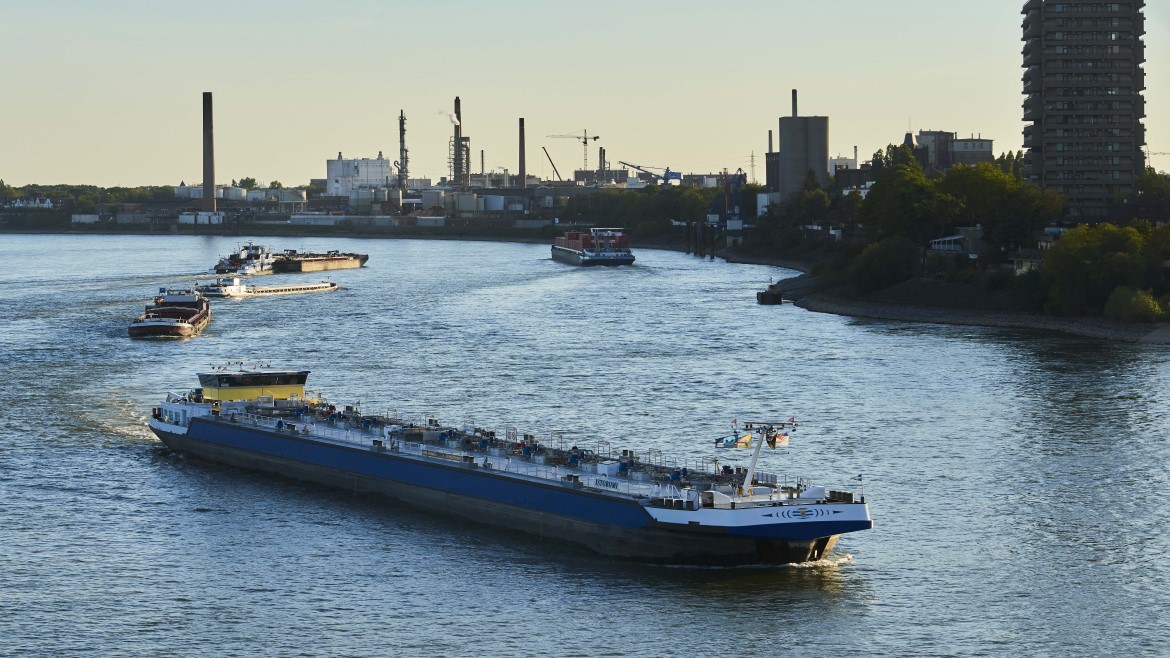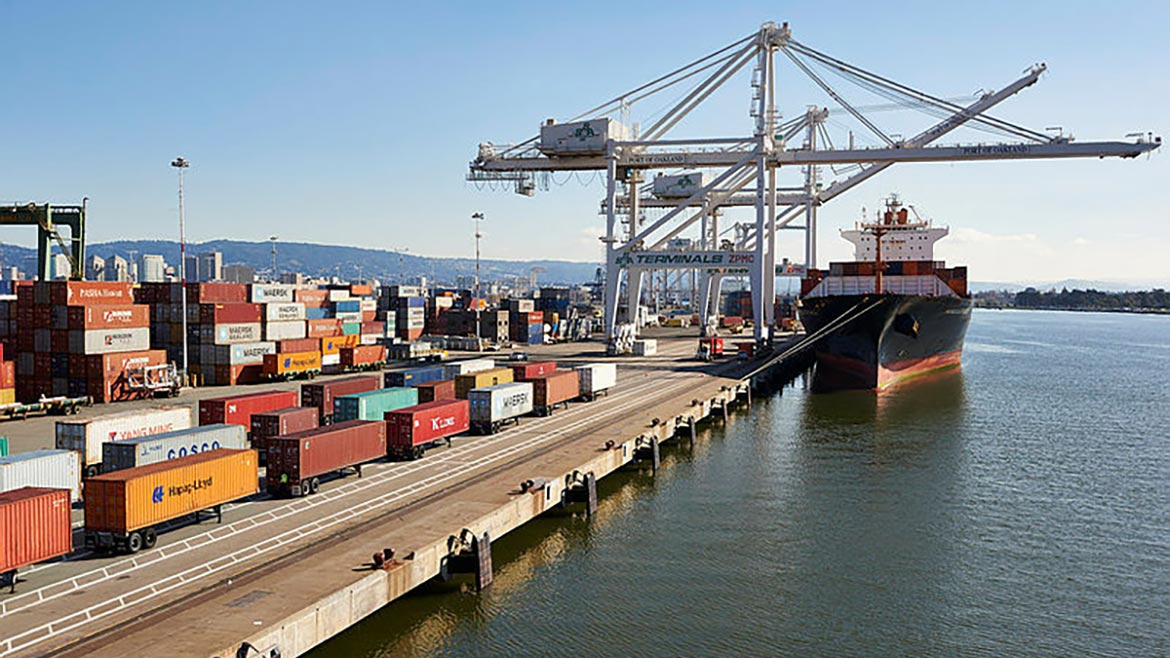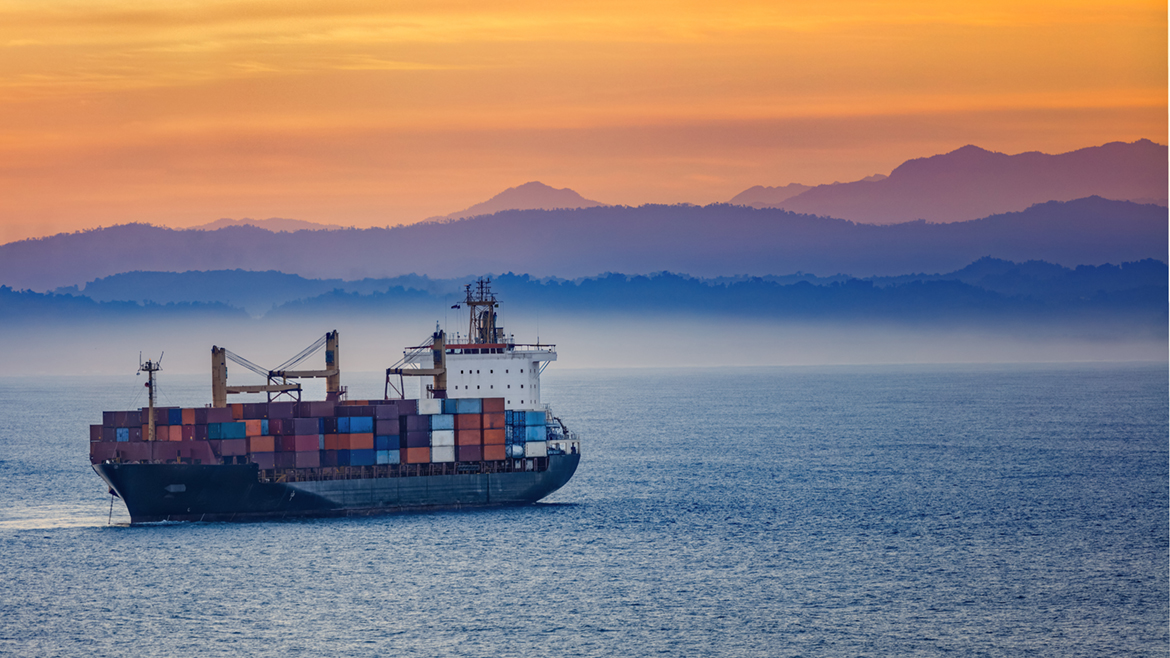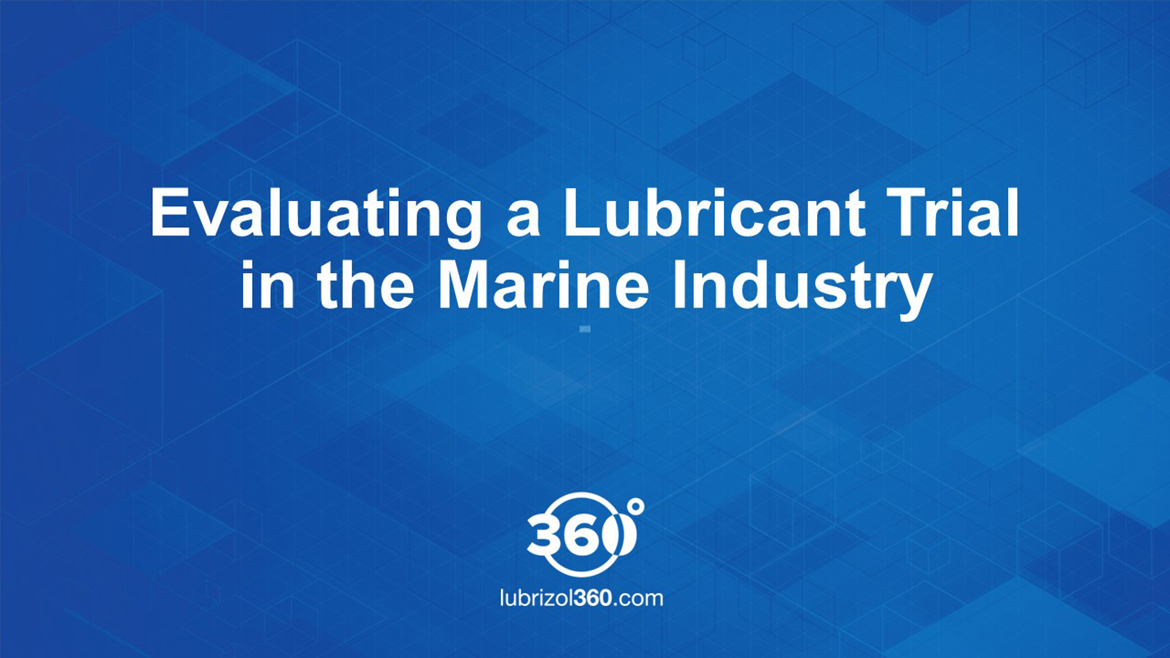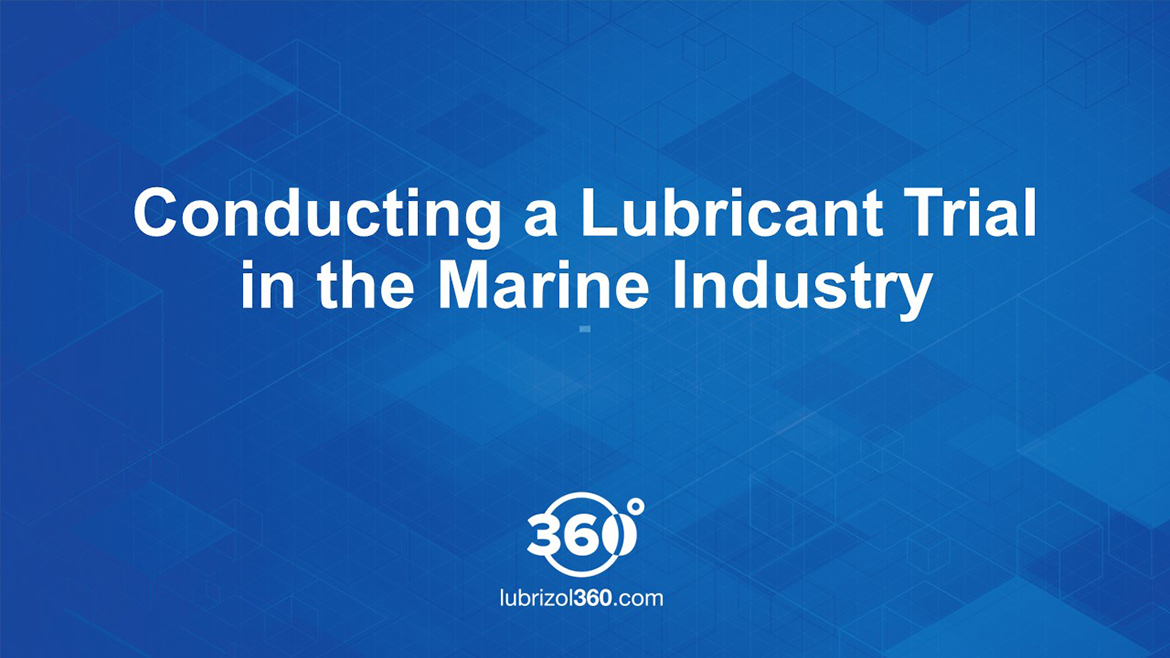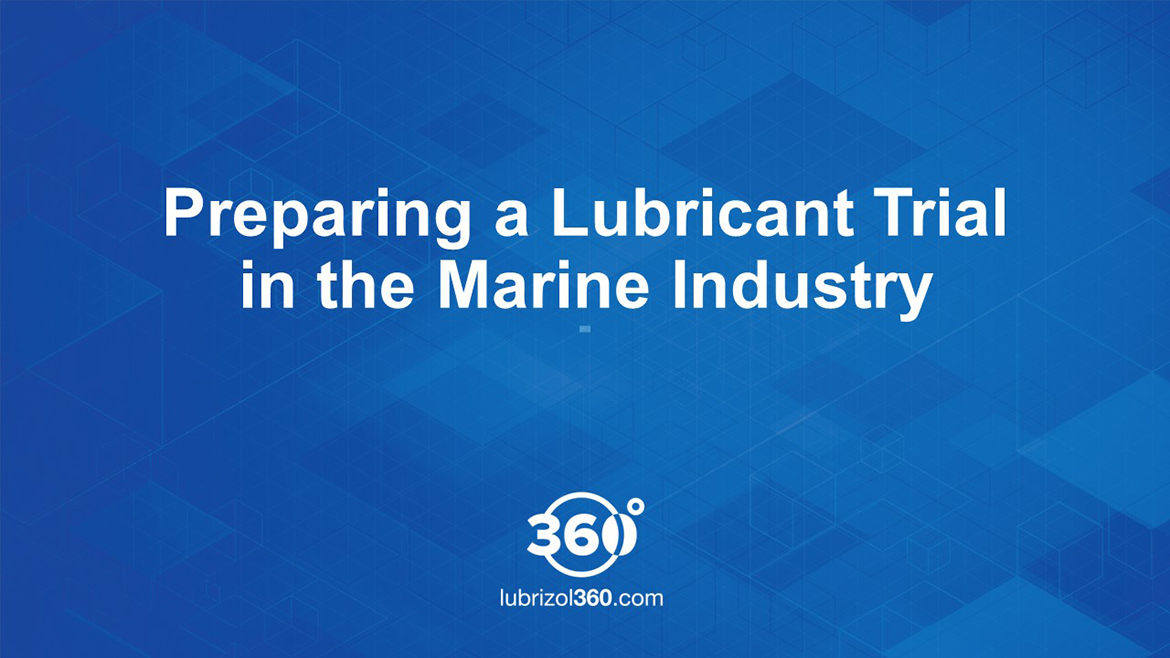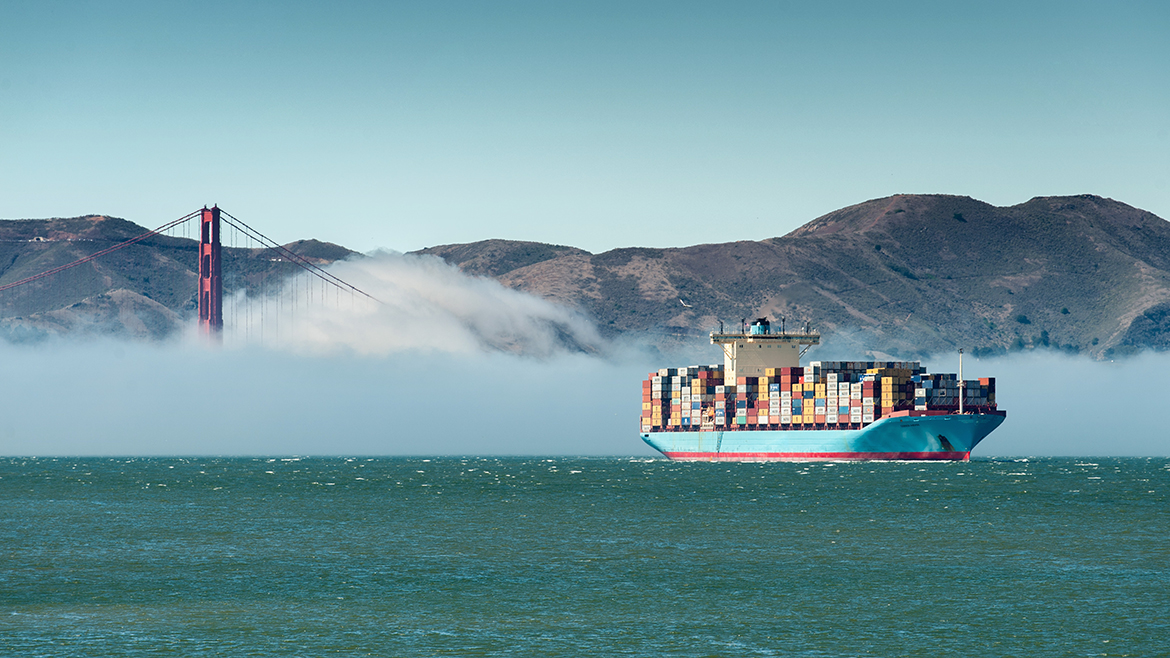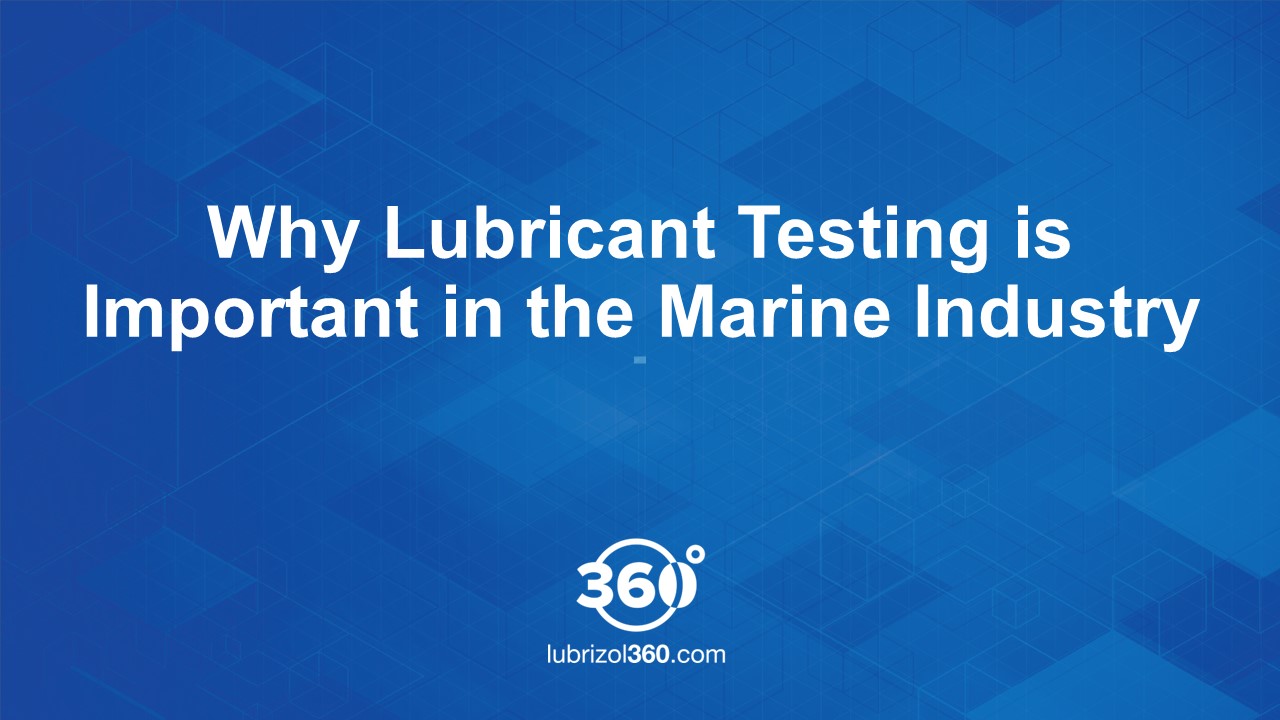Jan 16, 2023
Posted by Simon Tarrant, Global Business Director, Large Engines, Matthew Bentley, Product Manager, Marine Engine Oil, Ian Bown, Technical Manager, Marine Engine Oils, Harriet Brice, Technology Manager, Marine Engine Oils
When we think about change, we don’t immediately have the maritime industry at the front and center of thoughts. Unless, of course, you are a part of this industry.
Against a backdrop of a regulatory “tug-o-war,” the International Maritime Organization (IMO) continues to move along a path towards its Greenhouse Gas (GHG) emission ambitions for 2050. Now add into the mix member states that would like to tighten those ambitions further while external to IMO, regulatory bodies like the European Parliament setting out plans to introduce instruments that address the life cycle performance of fuels (Fuel55) and the agreement to include shipping within the EU Emissions Trading Scheme (EU ETS) and you might begin to wonder what this has to do with two stroke marine engine lubricants.
It is worth taking a moment to reflect on the challenges of the last couple of years. There’s no better place to start than 2020.
It has now been over two years since the IMO 2020 regulation was introduced that limited the sulfur in fuel oil used on board ships to a maximum of 0.5% sulfur. These regulations drove an associated shift in marine two stroke cylinder lubricant demand, away from high base number (BN) solutions, 70 and 100BN, to 40BN cylinder lubricants.
Higher Performing 40BN Cylinder Lubricants
During this market shift, MAN Energy Solutions (MAN ES) introduced two distinct performance levels for 40BN cylinder lubricants, MAN ES Category (Cat.) I and Cat. II. Cylinder lubricants approved to MAN Cat. II deliver excellent overall performance, equivalent to that of a 100BN cylinder oil, with a special focus on cleanliness of the pistons and piston ring packs and represent a significant upgrade compared to Cat.I or “conventional” 40BN cylinder lubricants (Cat. I 40BN cylinder oils provide 70BN cleanliness performance). The development and approval of these oils took place during 2020/21, with Lubrizol being the first lubricant additive supplier to be awarded a Cat. II No Objection Letter (NOL) from MAN ES.*
An interim measure introduced by MAN ES between the announcement of the new performance category (Cat. II) and the availability of those products to the market was an option for the owners of modern MAN B&W engines of Mk9 and above to alternate, or switch, between a conventional 40BN lubricant and a 100BN lubricant. This, however, comes with its disadvantages, which Ian Bown (Technical Manager, Lubrizol Marine Engine Oils) mentioned in a Riviera Maritime Media article in May 2022: “…Switching is not ideal. Not every ship has two lube tanks, for example, and the subjective element involved in deciding when to switch at best introduces uncertainty and trial and error into the practice. It also relies on there being availability in the market of both oils.”
2022 has been an important year for establishing market availability of MAN ES Cat. II lubricants, with multiple oil marketers now offering approved solutions. This is good news for the industry as it ensures ship owners have improved access to high performance lubricants and the switching process can be replaced with a single cylinder lubrication approach.
As the industry looks far beyond IMO 2020 and to the future, where alternative fuels and efficiency are the focus, lubricants approved to MAN ES Cat. II are a good starting point and they can already be utilized in engines operating on LNG and methanol. The increased number of approved MAN ES Cat. II solutions seen in 2022 will act as a key foundation to support the gradual uptake of alternative fuels.
Approaching the Decarbonization Challenge
Throughout 2022, stakeholders have continued to gather in a range of fora to seek more clarity around exactly how upcoming decarbonization targets will be met. The topic has been a source of discussion and development all year throughout the maritime industry.
Fuel and equipment suppliers, policy makers, safety experts, class societies, port authorities and ship owners have all actively engaged in the dialogue around the industry’s energy transition, sharing in depth information on the existing and emerging technologies to achieve the IMO2050 decarbonization targets.
Within the plethora of activities, Lubrizol has maintained its voice urging engine designers, ship owners / operators and fuel suppliers to come together in collaborative projects that will pave the way for the introduction of technologies that will enable decarbonization goals to be achieved.
High on the Agenda is Alternative Fuels
Integral to achieving the overall emission-reduction ambition is the effective uptake and global availability of alternative low carbon (fossil free) and zero carbon fuels. This has accelerated the discussion on alternative fuels and biofuels, LNG, methanol and ammonia have begun to take a more prominent lead in the discussions. Questions have been raised on the availability and infrastructure development for these fuels and which of them are likely to be an interim step versus longer-term solutions.
With engine technology already available for methanol and LNG, a shift can already be seen in newbuild orders begin placed reflecting the expected uptake of low/zero carbon fueling options, with 54% of MAN ES orders (up to Sept 2022, based on kilowatts) being dual fuel engines.
The challenge in developing lubricants for alternative fuels is the limited prolonged or widespread usage in marine applications or, -- in the case of ammonia -- the absence of engine related usage data.
Simon Tarrant (Global Business Manager, Lubrizol Marine Engine Oils) provided an additive supplier’s perspective on what the new era of marine fuels means for two-stroke engine lubricants during Riviera’s Marine Propulsion and Marine Lubricants Webinar Week in early September.
Simon highlighted the need to understand the differing characteristics and combustion impacts of each of the alternative fuels along with modifications which Original Equipment Manufacturers (OEMs) may need to make to their engine designs and hardware when developing new lubricants.
We have seen a renewed interest in biofuels, with many requests for recommendations for cylinder and system oils, over the last few years, and 2022 was no exception. In these cases, Lubrizol references challenges that have been seen in four-stroke automotive engines which could be exacerbated in two-stroke marine engines. As Matthew Bentley, (Global Product Line Owner, Lubrizol Marine Engine Oils) said, “In four-stroke automotive engines, B7 fuel has been used for many years and the challenges around increased oxidation and increased piston deposits are well understood. High performance engine lubricants play a key role in overcoming those challenges and industry testing has proven that not all lubricants are equal. As yet, there is no definitive understanding as to whether or not higher percentage biofuel blends proposed for marine applications (B10, B50 and B100) will create similar challenges for two-stroke marine engines.” In addition, the prolonged use of biofuels is also currently, an unknown.
Lubricants approved for MAN ES Cat.II performance are a logical choice for use with biofuels in two-stroke engines to reduce the potential risks associated with increased piston deposits when biofuels are used.
Large two stroke marine engine designers have been clear in their messaging that they will have engines available, designed either from scratch or facilitating retrofit options, that enable usage of ammonia as fuel in the 2024-25 timeframe. During 2022, the development of these engines has been progressing at pace with research into the lubricant requirements being conducted in parallel.
Ammonia is very different to the traditional fuels used and brings challenges through its toxicity, corrosivity, combustibility and basicity. At The Motorship’s Propulsion and Future Fuels conference in November, updates were heard from MAN ES and WINGD on their respective ammonia engine technology developments. Harriet Brice (Technology Manager, Lubrizol Marine Engine Oils) presented some of the challenges ammonia poses through its corrosivity to certain metals currently used in marine engines and its potential to interact with the lubricant. Interactions of ammonia with the lubricant could reduce the lubricant’s effectiveness, which can impact engine performance over time.
Defining the lubricant requirements for ammonia will continue to evolve during 2023 but it is only one alternative fuel that may need new enhanced lubricant additive solutions.
Looking at IMO 2023 Regulations to Promote Energy Efficiency
January 1, 2023 was a key step in shipping’s decarbonization timeline, with the introduction of IMO 2023 regulations. This will involve shipowners and operators having to comply with new energy efficiency and carbon intensity rating systems, commonly known as EEXI (Energy Efficiency for Existing Ships) and CII (Carbon Intensity Indicator). These new IMO systems will increase the accountability of ship owners and operators for ensuring the efficiency of their vessels as a way to limit carbon emissions. Ship owners and operators have had to prepare for EEXI and CII compliance in advance. Throughout 2022, this has led to an increased focus on exploring and identifying new and relevant energy saving technology options, ways to optimize operations and switch to low carbon fuels. In addition to lubricants providing the necessary cleanliness and acid neutralization properties, they may have a role to play through contributions to energy efficiency, which in turn can result in carbon emissions reduction through reduced fuel consumption.
In summary, 2022 has been a significant year of discussion for the marine industry. The pace of conversations and research has increased on key topics such as alternative fuels and efficiency across a number of areas as steps are taken to enable shipping’s journey to decarbonization by 2050. Looking forward, Lubrizol sees 2023 as the next step in the journey. We will continue to further our knowledge through industry engagement and testing to advance additive technology development that will enable the use of alternative fuels for today and tomorrow’s requirements.


